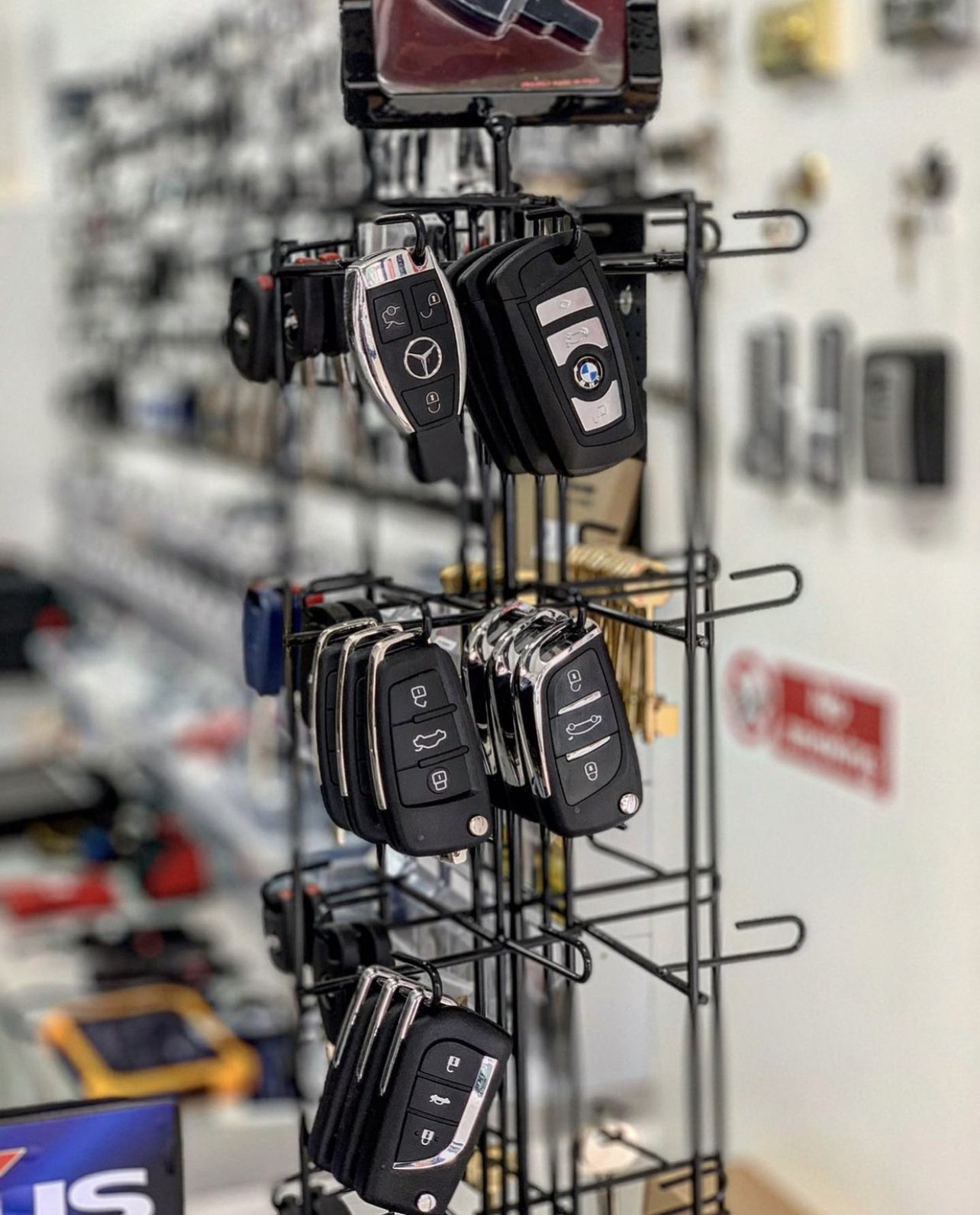What Experts Say You Should Learn
Key Cutting: An Essential Service for Security and Convenience
In today's society, where security is paramount, key cutting has actually become an important service for both property and commercial properties. Whether it's to guarantee spare copies of keys are available for household members, to change lost keys, or just to upgrade to more innovative locking systems, key cutting plays a significant role in preserving safety and benefit. This post dives into the procedure of key cutting, its significance, kinds of keys, and often asked concerns.
The Key Cutting Process
The key cutting process involves the duplication or production of keys based on a physical design template or a code. Below are the necessary actions involved in key cutting:
Key Identification:
- The primary step involves comprehending the type of key. There are a number of standard kinds of keys consisting of house keys, car keys, and specialty keys such as those for safes or electronic locks.
Selecting the Right Equipment:
- Different keys require different cutting devices. Standard mechanical keys might be cut using a handbook or automatic duplicator, while modern car keys often require specific electronic devices.
Cutting the Key:
- The original key is put into the device, and the duplicate key blank is placed. The machine will then cut the blank to match the profile of the original key.
Evaluating the Key:
- Once the key is cut, it is important to test it in the lock for accuracy. Full Piece of writing can lead to problems in unlocking.
Ending up Touches:
- After screening, the recently cut key may require smoothing or any other changes to guarantee it functions efficiently in the lock.
Significance of Key Cutting
Key cutting is crucial for a number of factors:
Security: Duplicating keys guarantees that trusted people have access while preserving control over who has access. Losing a key can result in unauthorized gain access to, making prompt replacements vital.
Convenience: Having extra keys is useful. Instead of being locked out, people can have backups in relied on areas, such as with a neighbor or in a safe place in the house.
Upgrade Options: Advances in innovation have caused the development of high-security keys. Key cutting services typically consist of updating to these types for better security.
Cost-Efficiency: Creating a duplicate key is significantly more budget-friendly than altering a whole lock, making it an affordable service when keys are lost or taken.
Kinds of Keys
Comprehending the different types of keys is essential for efficient key cutting. Below is a classified list of common key types:
Household Keys:
- Yale Keys
- Mortice Keys
- Cylinder Keys
Automotive Keys:
- Traditional Car Keys
- Transponder Keys
- Smart Keys
Specialized Keys:
- Safe Keys
- Padlock Keys
- Master Keys
Each key has its subtleties in terms of cutting methods and security features. Knowing the type required is important for efficient key duplication.
Key Cutting Technologies
With developments in innovation, key cutting has actually evolved from traditional manual processes to extremely effective and accurate automatic systems. Below are some key innovations influencing the key cutting market:
Laser Key Cutting: This method utilizes a laser to cut keys with accuracy, specifically for high-security and transponder keys.
Code Cutting: This strategy utilizes a coded system to reproduce keys based upon a specific mathematical series, commonly found in automotive keys.
Key Duplication Software: Many key-cutting machines now incorporate software application, permitting easier and more intricate key designs to be developed and replicated.
Frequently Asked Questions (FAQs)
How long does it take to cut a key?
- The key cutting procedure is usually fast. Requirement keys can frequently be cut in just a few minutes, while specialized keys might take longer.
Can I get a brand-new key without the initial?
- It depends upon the type of key and the lock system. For some locks, locksmith professionals can create a new key based on the lock itself or using a code if readily available.
Are all keys duplicable?
- Not all keys can be duplicated. High-security keys frequently include patents that prevent unapproved duplication and might require special consent or safeguards.
How should I store spare keys?
- Store extra keys securely, preventing apparent locations such as under doormats. Consider utilizing a trusted neighbor or a safe lockbox.
Does key cutting affect the lock's guarantee?
- Normally, key cutting does not impact the lock's warranty but is a good idea to examine the specific producer's standards.
Key cutting is an important service that enhances security and convenience in managing access to homes. With the diverse variety of keys and advanced cutting innovations, it is simpler than ever to guarantee that you have the necessary duplicates on hand. Understanding the key cutting process, the kinds of keys offered, and the technological developments in the field can empower people and businesses to make educated options about their security requires.
As the demand for more advanced security measures increases, the key cutting market will undoubtedly continue to develop, integrating innovative technologies and practices to satisfy the growing needs of customers.
